“More important than the how we achieve financial freedom, is the why. Find your reasons why you want to be free and wealthy.” – Robert Kiyosaki
Financial Freedom
Have you ever had an unexpected expenditure pop up and a sinking feeling in your stomach accompanying it? Have you ever thought to yourself what it would be like to never worry about money problems? Or maybe you’re financially secure but wish you could retire early and live the life you’ve always wanted to live.
The term financial freedom has different meanings for different people. For some it means being able to buy whatever you want whenever you want without worrying about breaking your wallet. It might mean being debt free or being able to support your family. For others it might mean being rich and taking multiple vacations abroad without a second thought about your financial situation. Yet another meaning could be to quit your day job and pursue your passions. For another set of people it might mean being able to generously help others in need and donate to causes they believe in.
Regardless of what it means to different people, financial freedom is essentially about the ability to make decisions in your life without worrying about the financial implications. It’s about being prepared for the unforeseen because unexpected situations are sure to happen, case in point the coronavirus pandemic. Because you cannot control the world at large and the forces of nature, you control what you can, in this your finances. In other words, you take control of your finances instead of allowing them to control you.
Everyone wants financial freedom but most people do not come close to it. There are a myriad of hurdles along the way such as debt, poor spending habits, emergencies, and even our attitudes towards money. In fact the sobering reality is that the majority of Americans are living paycheck to paycheck, have unpaid debts, and little savings to support them in case of emergencies. According to a report from the Federal Reserve on the financial wellbeing of US households about 40% of households were not able to afford an unexpected expense of $400. Similarly, in the 2018 Planning and Progress Study published by the financial security company Northwestern Mutual, about 21% of Americans have absolutely no savings for retirement.
Depressing as the situation may seem it is possible to take charge of your finances to have the life you want. Becoming financially independent gives you options. You can get a medical procedure done without worrying if your child could go to college. A single parent can spend time with their child without having to manage multiple jobs. And in the ideal circumstances you can let your money work for you instead of working for money. There are many paths to achieving financial freedom and many different strategies that work well for different people.
To get started you have to have the right approach towards financial freedom. One model that can empower you to take control is the “Cashflow Quadrant” put forth by Robert Kiyosaki. Let’s take a deeper look at what it is and how it can help you achieve financial freedom
The Cashflow Quadrant
Robert Kiyosaki is one of the most widely read authors on finance and investing. His most popular book is Rich Dad, Poor Dad. However, it’s the ideas in his second book in the Rich Dad series Rich Dad’s Cashflow Quadrant: Guide to Financial Freedom that explains the fascinating concept of the cashflow quadrant. The model has helped shift perspectives on financial freedom.
To quote Kiyosaki, “The CASHFLOW Quadrant represents the different methods by which income or money is generated … Different methods of income generation require different technical skills, different educational paths, and different types of people.”
According to Kiyoski there are four types of people when it comes to making money namely employees, self-employed, business owners, and investors. Each occupies a position on the cashflow quadrant. It’s their position on the quadrant that determines their level of financial freedom.

Figure: The cashflow quadrant divides income generation methods into four categories
Each quadrant in the plane shows a different path to income generation. Most people lie on only one quadrant while some may belong to all four at once. Each quadrant has its unique features and pros and cons. The key point to remember is that the quadrants on the right side are the major pathways to financial freedom.

Figure: The four cashflow quadrants: Employee, Self-employed, Business owner, and Investor
Left quadrants
The E and S quadrant on the left trade their time to earn money while paying the most in taxes. These quadrants generate active income which means that a person has to actively work to generate money.
- Employee
People in this quadrant have a job. Most people start here to earn their income. The job is owned by a business or organization where the employee gives their energy, time, and skills to the employer in exchange for monetary benefits. The job can pay just enough or a lot depending on the nature of work. To earn more money employees seek a better paying job. But employees only get money as long as they work, if they stop working or the company goes down, the income stops.
The employee’s financial statement and freedom depends on the status of their employer or organization. The E quadrant is thus characterized by an inherent lack of control on the income, which informs the employee mindset of always seeking security and a steady paycheck. Employees also often avoid risk. Most people are content with their position as employees. If you desire more financial freedom Kiyosaki advises to get out of this quadrant because the only way to make money is to trade your hours for dollars and there are only so many hours in a day.
- Self-employed
The second quadrant of the left offers a little more control because here you get to be your own boss. According to Kiyosaki this quadrant contains people who do not make good employees because they are tired of a lack of control and they often have the belief that no one can do their job better than themselves. They seek independence, have a controlling attitude, and have trouble delegating to others. They also like the idea of security but are more comfortable with risk so they choose to work for themselves and feel more in control.
The S quadrant includes skilled professionals like lawyers, doctors, and accountants in addition to small business owners, trade workers, freelancers, realtors etc. The self-employed also trade in their hours for dollars but the difference is that they own their job. The self-employed are able to generate a large income but the income stops if they stop working. They have more control but also greater responsibility. To earn more money they work harder and bill more hours.
This quadrant may seem the natural next step for employees but not everyone will be comfortable with the level of responsibility and discipline needed to succeed here. Many self-employed people may find they have replaced one boss with many in the form of the customers or clients. For many people in the S quadrant the time for money equation becomes a trap as despite earning more than employees they are uncomfortable taking holidays for fear of unpaid leave. In such cases your business or job owns you.
Right quadrants
The quadrants on the right side of the plane are most desirable if you want to move closer to your financial freedom goals. The B and I quadrants pay the least in taxes while creating assets or investments that bring income for them. These quadrants have passive income without trading time for money.
- Business Owner
The B quadrant includes business owners who have developed a system where they don’t have to work in their business. In contrast to the S quadrant, here business owners don’t own a job. They own a system and have a team which makes money for them without their active involvement in the day to day running of the business. Business owners realize their own limits and hire other skilled people to do the job. Unlike the self-employed, they delegate most of the work. The most successful business owners can step away from the business and have the company still running successfully instead of falling apart.
Some of the richest people in the world are business owners e.g. Jeff Bezos, Bill Gates, and Mark Zuckerberg. To bring in more income, business owners create new products or develop new systems. Business owners are comfortable taking risks but at the same time have the most control over their finances.
- Investor
The I quadrant includes investors who own assets that generate income for them. The people in this quadrant typically save money in the other quadrants and then invest that to generate more money. By investing in shares of the businesses in the B quadrant they support the business systems and facilitate more wealth generation for all parties.
According to Kiyosaki, among the cashflow quadrants Investors have the highest level of financial education and acumen of all because they have the proficiency to find income generating assets and use their own money and others’ to acquire those assets. They then use the income from the assets to invest in more assets and build their wealth.
The perks of this quadrant include enjoying tax breaks, leaving work, and not having to manage employees or business teams. This means that the income is truly passive. The I quadrant is associated with the most wealth. The world’s wealthiest people are investors. To bring in more income investors find more assets to acquire.
Conclusion
This model can serve as a guideline to analyze where you are right now and make a plan to get where you want to be. True financial freedom belongs to the right side of the quadrant. To change your quadrant to B or I takes resources, education, and the right mindset. You may not be ready to take the leap right now but it’s important to have a plan and a goal in mind so you don’t get complacent in your current quadrant and forget to progress. With time and by managing your resources you can get on the path to financial freedom. But if you’re ready to take control of your financial destiny Angel Investors Network is at your service. We take pride in empowering business owners to get to the next level and attract the right investment while helping investors create a greater impact by supporting businesses and generating wealth in the process.



